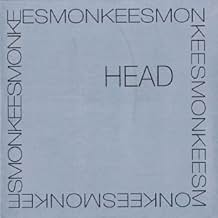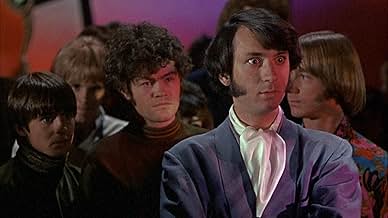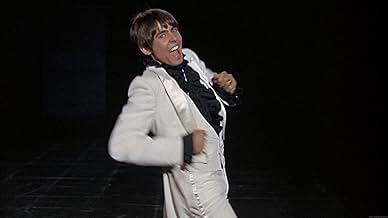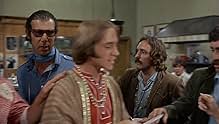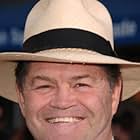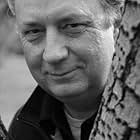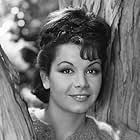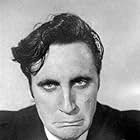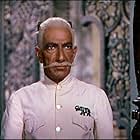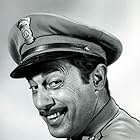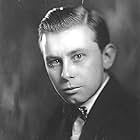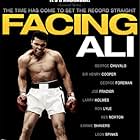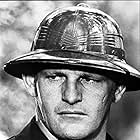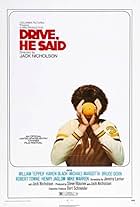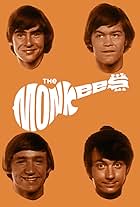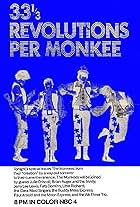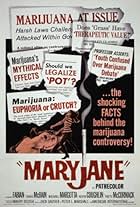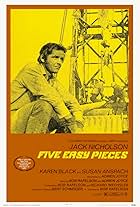IMDb RATING
6.4/10
7.1K
YOUR RATING
The Monkees frolic their way through a series of musical set pieces and vignettes containing surreal humor and anti-establishment social commentary.The Monkees frolic their way through a series of musical set pieces and vignettes containing surreal humor and anti-establishment social commentary.The Monkees frolic their way through a series of musical set pieces and vignettes containing surreal humor and anti-establishment social commentary.
Davy Jones
- Davy
- (as David Jones)
Storyline
Did you know
- TriviaCo-writer Jack Nicholson actually compiled the film's soundtrack in its final form, with snippets of the film's dialogue between songs, and is so credited on its LP album cover (when he saw Michael Nesmith at work in the studio and asked if he could help, Nesmith let him take over, because he said "I just want to go home."). Nicholson had unwavering enthusiasm for the film, joining in a stickering campaign to promote its premiere and declaring later that "I saw it, like, 158,000,000 times, man. I loved it!"
- GoofsAnnette Funicello's character is called Theresa by Davy Jones before the boxing sequence, but is listed as Minnie in the end credits.
- Quotes
Davy Jones, Micky Dolenz, Mike Nesmith, Peter Tork: [chanting in unison] Hey, hey, we are The Monkees, to that we all agree. A manufactured image with no philosophies.
- Crazy creditsThere are no credits at the beginning at the film, which was extremely rare for a 1960s film. They all appear at the end of the film.
- Alternate versionsWhen the film was previewed in August 1968, its original cut ran about 110 mins. It was trimmed down to 86 mins. for the premiere.
- ConnectionsEdited from The Sign of the Cross (1932)
Featured review
"Head" is a surreal and groundbreaking film that catapults the audience into a psychedelic journey through the bizarre mindscape of The Monkees, the iconic pop-rock band of the 1960s. Released in 1968, during the peak of the counterculture movement, the film stands as a testament to the era's experimental and anti-establishment spirit.
Directed by Bob Rafelson and co-written by Rafelson and Jack Nicholson, "Head" challenges traditional narrative structures and blurs the lines between reality and fantasy. The movie unfolds as a series of disjointed and seemingly unrelated vignettes, featuring The Monkees-Davy Jones, Micky Dolenz, Peter Tork, and Michael Nesmith-in a variety of surreal scenarios. From a war zone to a giant Coca-Cola machine, the film takes the audience on a wild ride that defies conventional storytelling.
One of the film's strengths lies in its self-awareness and willingness to deconstruct The Monkees' manufactured image. "Head" serves as a meta-commentary on fame, the music industry, and the constraints imposed on artists by commercial interests. The Monkees, who were initially created for a television show to be an American analog of the Beatles, use the film as a platform to break free from their manufactured personas and express their frustration with the industry.
The soundtrack, featuring music by The Monkees and compositions by Jack Nicholson and Harry Nilsson, adds to the film's psychedelic atmosphere. The eclectic mix of songs complements the film's disjointed narrative and contributes to its overall trippy vibe.
"Head" was ahead of its time in its approach to filmmaking and storytelling. While it was not a commercial success upon its release, it has gained a cult following over the years, appreciated for its bold experimentation and artistic ambition. The film's non-linear structure and unconventional style make it a unique and memorable piece of 1960s cinema, offering a glimpse into the counterculture's influence on popular media.
Directed by Bob Rafelson and co-written by Rafelson and Jack Nicholson, "Head" challenges traditional narrative structures and blurs the lines between reality and fantasy. The movie unfolds as a series of disjointed and seemingly unrelated vignettes, featuring The Monkees-Davy Jones, Micky Dolenz, Peter Tork, and Michael Nesmith-in a variety of surreal scenarios. From a war zone to a giant Coca-Cola machine, the film takes the audience on a wild ride that defies conventional storytelling.
One of the film's strengths lies in its self-awareness and willingness to deconstruct The Monkees' manufactured image. "Head" serves as a meta-commentary on fame, the music industry, and the constraints imposed on artists by commercial interests. The Monkees, who were initially created for a television show to be an American analog of the Beatles, use the film as a platform to break free from their manufactured personas and express their frustration with the industry.
The soundtrack, featuring music by The Monkees and compositions by Jack Nicholson and Harry Nilsson, adds to the film's psychedelic atmosphere. The eclectic mix of songs complements the film's disjointed narrative and contributes to its overall trippy vibe.
"Head" was ahead of its time in its approach to filmmaking and storytelling. While it was not a commercial success upon its release, it has gained a cult following over the years, appreciated for its bold experimentation and artistic ambition. The film's non-linear structure and unconventional style make it a unique and memorable piece of 1960s cinema, offering a glimpse into the counterculture's influence on popular media.
- How long is Head?Powered by Alexa
Details
- Release date
- Country of origin
- Languages
- Also known as
- Changes
- Filming locations
- Hyperion Water Reclamation Plant - 12000 Vista del Mar, Playa del Rey, Los Angeles, California, USA(upstairs downstairs, conveyor belt)
- Production company
- See more company credits at IMDbPro
Box office
- Budget
- $750,000 (estimated)
- Runtime1 hour 26 minutes
- Color
- Sound mix
- Aspect ratio
- 1.85 : 1
Contribute to this page
Suggest an edit or add missing content






